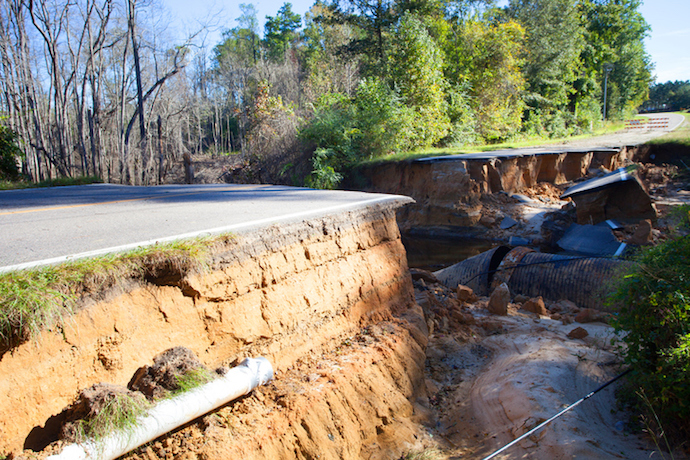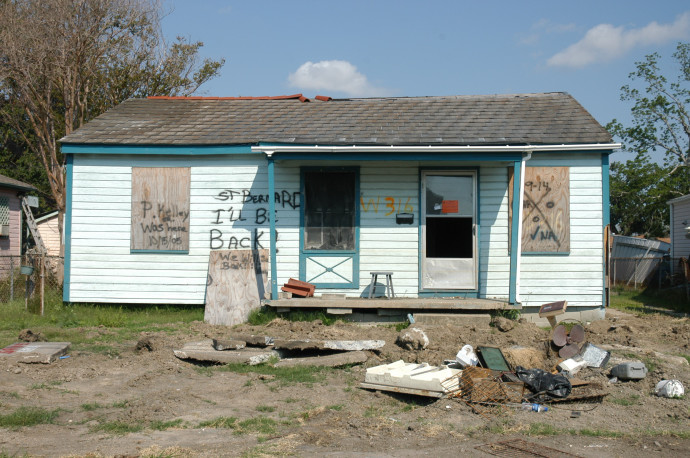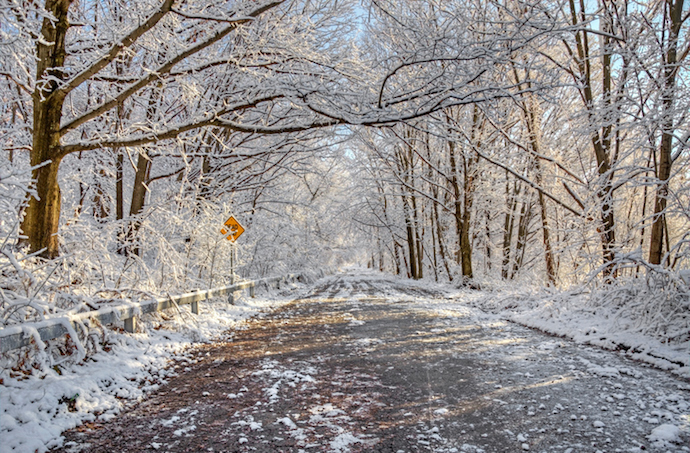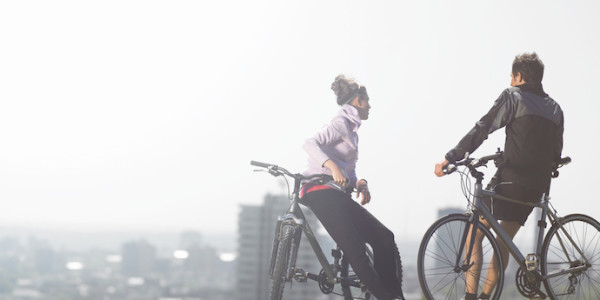There are so many factors to consider when you choose a city to move to that it’s easy to overlook the likelihood of natural disasters.
If you think about only such factors as real estate costs, access to medical facilities, crime rates, and employment opportunities, you’re not getting the full picture, said Richard Murdocco, a real estate analyst based on Long Island, NY The joy of moving to a new town quickly will evaporate if you’re hit by a devastating storm, flood, or earthquake.
Most people discount the likelihood of disasters, said William Begal, who owns a fire and disaster restoration company based in Rockville, MD.
“They don’t think it’s going to happen to them,” Begal said.
If your home is destroyed or damaged there’s no guarantee that you’ll be compensated you for your loss, said Bill C. Evans, a disaster recovery consultant serving New York, New Jersey, and Pennsylvania.
“What you may not realize is that many insureds remain in heated disputes or even litigation with their insurance carriers, housing associations, vendors, clients, managing agents, etc. over a variety of disaster related issues,” Evans said.
While no community is completely safe from disasters, think hard before you contemplate a move to the following six cities.

Hurricane Matthew washed away this Fayetteville road in 2016.
1. Fayetteville, NC: Don’t get burned or blown away
No metropolitan area in the country is at bigger risk of destruction from natural disasters than Fayetteville, N.C. metropolitan area, according to a USA Today report. Roughly 20% of the area it at severe risk of wildfires. It also faces a high risk from hurricanes and tornadoes.

An abandoned house sits among a pile of rubble in New Orleans’ Ninth Ward neighborhood after Hurricane Katrina.
2. New Orleans, LA: Free-floating anxiety
They say the blues were born in this city, and when you consider the potential for flooding it’s easy to understand why. The Weather Channel has rated New Orleans as the worst place in the U.S. to own a home because of the potential for floods. When levees failed during Hurricane Katrina in 2005, approximately 80 percent of the city was flooded.

A sign posted where the San Andreas Fault intersects with Pallet Creek Road in Pearblossom California.
3. Riverside, CA: A whole lotta shakin’ going on
This sprawling metropolitan area east of Los Angeles widely is recognized as one of the most dangerous places to live in the U.S. In addition to being subject to wildfires, it straddles the earthquake-triggering San Andreas Fault. The Los Angeles Times reports that the city of San Bernardino has one of the largest concentrations of unreinforced masonry buildings in the state that are at risk from earthquakes.

Sunken and damaged boats at Black Point Marina after Hurricane Andrew.
4. Miami, FL: Escape to danger
This city is known as a sunny refuge for retirees from less temperate regions, but there’s a price to be paid for warm weather. Life Science notes that the U.S. Geological Survey estimates that the southern tip of Florida can expect more than 60 hurricanes over a 100-year period.

5. Worcester, MA: On thin ice
If you plan to move to this city, be sure to brush up on your winter driving. PropertyCasualty360 rates it the most dangerous city in the U.S. for winter weather motorists. Worcester has an average of 48.1 inches of annual precipitation. Because of the freezing conditions, drivers have an average of about 4.3 years between collisions.

The flooded Battery Park Underpass speaks about the power of the storms that pushed in Manhattan millions of gallons of water.
6. New York City, NY: Big risks in the Big Apple
New York City and the surrounding suburbs are subject to hurricanes, although many people don’t realize it, said Evans. The outer boroughs are especially venerable to storm surges and coastal flooding. Once sparsely populated, those areas have become increasingly built up with homes and businesses.
In 2012 Hurricane Sandy devastated many New York area communities, he said. “The storm surge flooded the Brooklyn-Battery Tunnel,” said Evans





